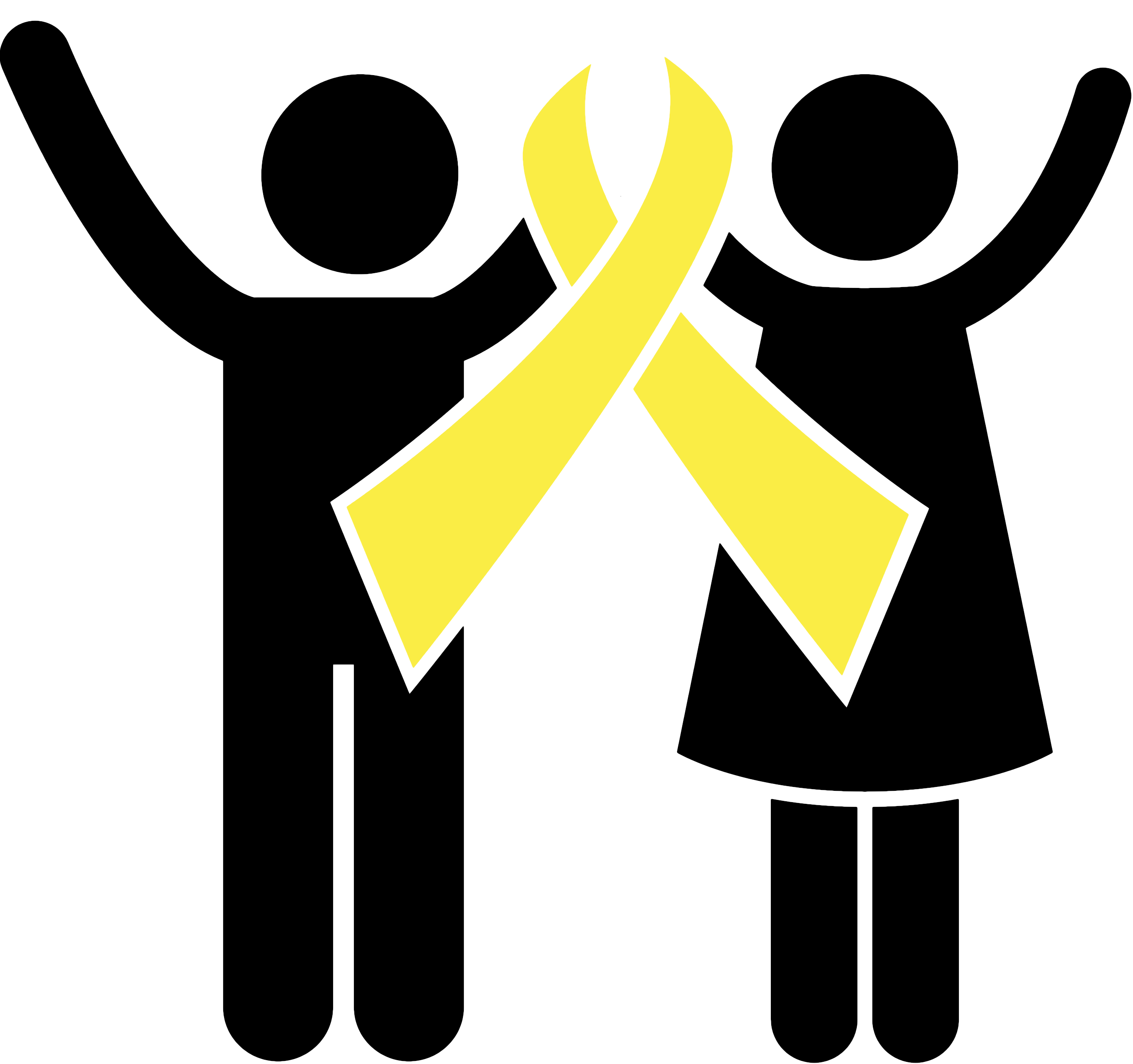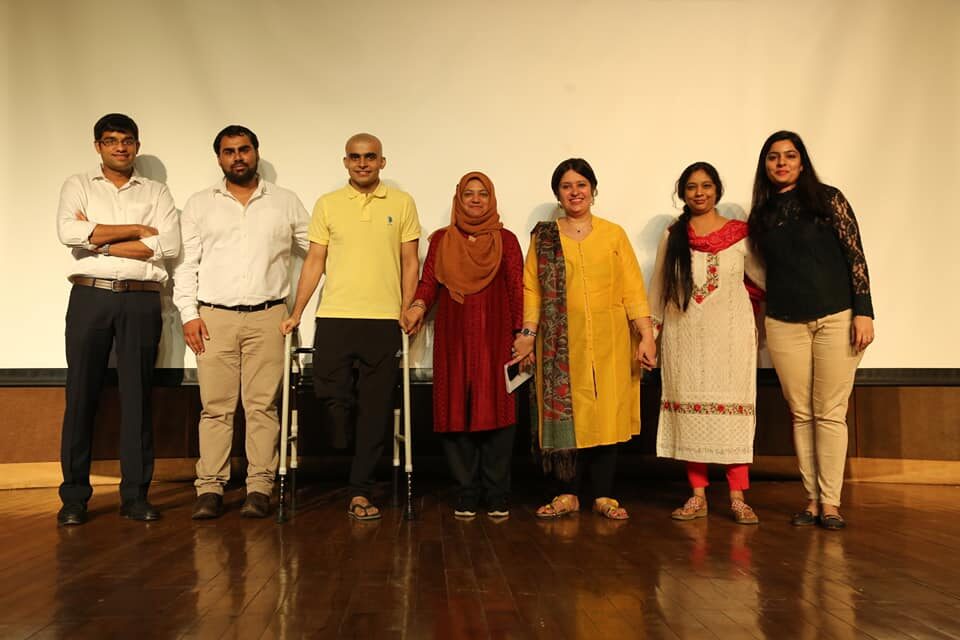Cabozantinib is a targeted therapy. Cabozantinib is classified as a Tyrosine Kinase inhibitor which inhibits RET, MET, VEGFR-1, -2, and -3, KIT, FLT-3 and other kinases.
Cabozantinib is used for the treatment of medullary thyroid carcinoma, advanced renal cell carcinoma and hepatocellular carcinoma
The amount of cabozantinib that you will receive depends on many factors, including your general health or other health problems, and the type of cancer or condition you have. Your doctor will determine your exact cabozantinib dosage and schedule.
- Take this medication by mouth as directed by your doctor, usually once daily. Do not take with food. Take it on an empty stomach. Do not eat for at least 2 hours before your dose and at least 1 hour after taking it. Swallow this medication whole with a full glass of water (250 ml). Do not open or crush the capsules or tablets. Avoid eating grapefruit or drinking grapefruit juice.
The following cabozantinib side effects are common (occurring in greater than 30%) for patients taking cabozantinib: (all grade)
- Diarrhea
- Hypertension
- Hair color changes
- Low blood counts (low white blood cells, low platelets)
- Elevated liver function tests (AST, ALT)
- Elevated bilirubin level
These are less common side effects (occurring in 10-29%) for patients receiving Pazopanib:
- Tingling sensation
- Nausea, vomiting
- Poor appetite
- Fatigue
- Weakness
- Abdominal pain
- Headache
- Blood test abnormalities (low phosporus, low sodium, increased glucose)
This list includes common and less common side effects for those taking cabozantinib. Cabozantinib side effects that are very rare — occurring in less than about 10 percent of patients — are not listed here. Always inform your health care provider if you experience any unusual symptoms
Grade 3 -4 toxicities are (Clinically significant)
Hemorrhagic events – around 5%
Gastro intestinal perforation and fistula – a few case reports.
Hypertension and diarroea – around 10%
We recommend BP monitoring once in 4 days for initial 2 months. Besides, Indian patients have more of hand foot syndrome so hands should be kept moist by applying cream. Wear soft shoes.
In case of other queries please see our team

